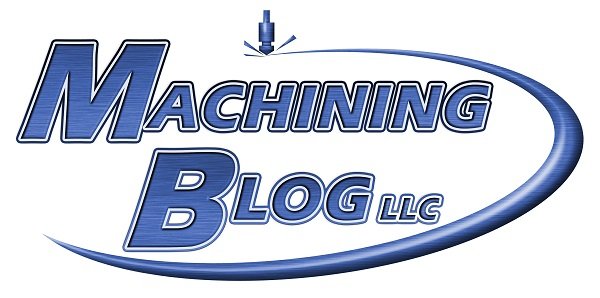Don’t Let Tribal Knowledge Kill Your Shop
Tribal knowledge can be a killer. For a smaller, stable company not on a growth path, it probably isn’t the worst thing ever – unless you lose one of your long-term employees who is the only one that knows how to do a lot of things. Certainly for any company that is on a more dynamic path for growth, adding new customers, more employees, or is concerned about losing that knowledge of a key employee it can be a major problem. Having your companies’ processes and procedures be locked in the brains (and only the brains) of your employees can be very difficult when you lose someone. It is also a major barrier to growing quickly in a sustainable way. There are a few key steps that can be taken to eliminate or significantly mitigate tribal knowledge. We practiced these in our machine shop, Pro CNC for over 17 years and it allowed us to grow at 30%-100% a year for many years.
1. Eliminate paper job travelers. Make all work instructions digital, and empower employees on the shop floor to update and augment those work instructions with text, photos, videos and more (please include a review and approval process). When employees are empowered to do this, you’ll be amazed at the level of detail that will grow and the richness of the data that will develop. This will allow people to download what they know about specific jobs out of their heads and share it with less experienced employees. Once this culture is established, it flourishes and makes great strides to eliminate tribal knowledge. Virtually anyone with basic skills can successfully set up complicated jobs.
2. Catalog and organize all tools used in the company. Having people work out of their tool boxes with non-company owned tooling, or non-organized company tooling can be a major problem. Whether it is cutting tools, shop aids, gages, inspection equipment, or any other critical tool, there are numerous problems that can be caused by working with tools that are not standardized. Non-calibrated and traceable equipment is a major problem for quality. Shop aides which go missing when an employee leaves or is out sick can cause big issues for set-up times and throughput. Non-standard cutting tools can wreak havoc on set-up times, throughput, quality, and eventually delivery performance. All jobs should have a well-defined BOM of controlled items that are prepared in advance of a job getting set up. If an employee has a piece of equipment that the company doesn’t own, that can be just fine. Assuming they are okay with letting the company use it, just give it an equipment number, calibrate/control it and specify that it is stored either in the employees tool box, or in a location acceptable to the employee and company.
3. Catalog and organize all purchased items. Tools, consumables, hardware, maintenance items, materials all should have information about approved vendors, prices, lead times, catalog numbers, etc. and ideally internally generated part numbers. When this is done, employees that do purchasing will have a way to record everything they do so it is easy to keep product flowing when they are on vacation, sick or leave the company. Nothing is worse for shop throughput than trying to pick up the pieces if your purchasing agent is gone and attempting to figure out everything they did. Also develop a standardized way to submit purchase requests so data flowing into purchasing can be as smooth as possible.
4. Develop storage systems for everything – fixtures, tools, consumables, raw material – all of it. I can’t tell you the number of times I have heard of companies who have tanked on the success of a job – both profit, and on-time delivery – because they couldn’t find the fixtures or tools they needed to do that job. There is no excuse for losing track of an important fixture when the solution of storing it in a logical place is so easy. If you see employees walking around looking for things, this is a red flag that you have a problem in this area.
There are lots of other things that can be done to eliminate tribal knowledge but this is a great start. These types of organizational steps can be implemented with little cost in Excel, Google Docs or some other free or inexpensive system. Some ERP and MES systems may also have these features. Our product ProShop certainly handles all of this in a 100% paperless and web based system. I’d love to hear your thoughts or discuss how we can help your shop improve.







